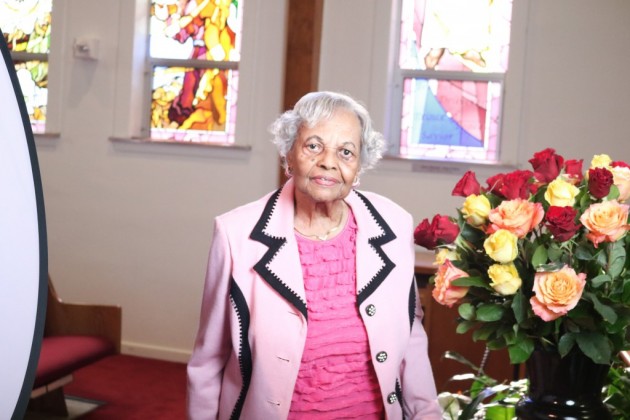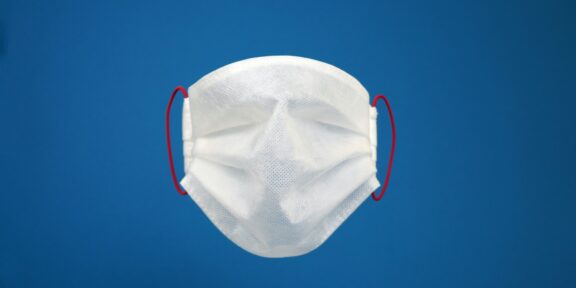About 25% of college students across the country have either been infected with a sexually transmitted disease or given an STD to their sexual partners, according to the Centers for Disease Control and Prevention.
There are20 million cases of STDs that occur each yearand more than half of all new STDs occur among young people aged 15-24, according to the CDC, and women bear long term effects, including pelvic inflammatory disease, tubal scarring, ectopic pregnancy and chronic pelvic pain.
Many students are unaware that they have a sexually transmitted disease because 80% of people who have a sexually transmitted disease experience no symptoms at all, according to the CDC. Chlamydia, the most commonly reported STD in the United States, gonorrhea and HPV do not show immediate symptoms.
Jarrad Stone, 20, a sophomore at Brown University, attributes the high STD rates among college students to “apathy.” He said that “too many students are apathetic about being conscious about their health decisions. They are apathetic about all of their decisions.” Stone, who regularly gets tested at his university’s student center, described the feeling before knowing about his status as “mind numbing, but when I gets my results, it makes my day.”
Washington, D.C., has the highest rate of sexually transmitted diseases in the United States. According to the CDC, there is an overall rate of 1,167 cases per 100,000 in African Americans and 369 cases per 100,000 in Hispanics.
Nationally, rates of sexually transmitted diseases among people aged 15-19 years and 20-24 years continue to increase. During 2010-2011, rates increased 4% for those aged 15-19 years and 11% for those aged 20-24 years, according to the CDC. Black men aged 15-19 years had a gonorrhea rate of 1,024.7 cases per 100,000 men, which was 37.4 times the rate among white men in the same age group, and black men aged 20-24 years had a gonorrhea rate of 1,768.8 cases per 100,000 men, which was 22.6 times the rate among white men in the same age group. Syphillis increased 134% for people ages 20-24, with the most cases seen among black men.
The rate of chlamydia among black women was over seven times the rate among white women (1,536.5 and 205.1 per 100,000 women.) Black women aged 15-19 years had a gonorrhea rate of 2,032.4 cases per 100,000 women. This rate was 17.1 times the rate among white women in the same age group (119.0). Black women aged 20-24 had a gonorrhea rate of 1,997.6 cases per 100,000 women, which was 12.7 times the rate among white women in the same age group. In 2010, rates for black women aged 15-19 years were 38 times the rate for white women of the same age.
Stone’s biggest concern for the increasing rate is the “changing dynamics of relationships and how it’s going to affect adults in the long run, how our promiscuous sexual lives is going to affect our career lives.”
Madisyn Holland, 21, a junior at the University of Texas at San Antonio, suggests wiser decisions for preventing sexually transmitted diseases and infections among college students. “If someone is going to be with somebody, make sure they tell them if they’re with somebody else,” she said. Holland, who is free from any sexually transmitted disease, suggests that students “use a condom when performing any type of sexually activity.”
Manycontraceptivesare available in drug stores and at doctors’ offices The dental dam is a square piece of rubber that is used by dentists during oral surgery and other procedures. It is not a method of birth control, but it can be used to help protect people from STDs, including HIV.
A study by the CDC has indicated that among U.S. high schools, 28% taught 11 key pregnancy, HIV or other STD prevention topics in a required health education course.



